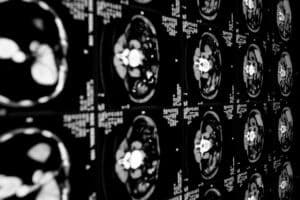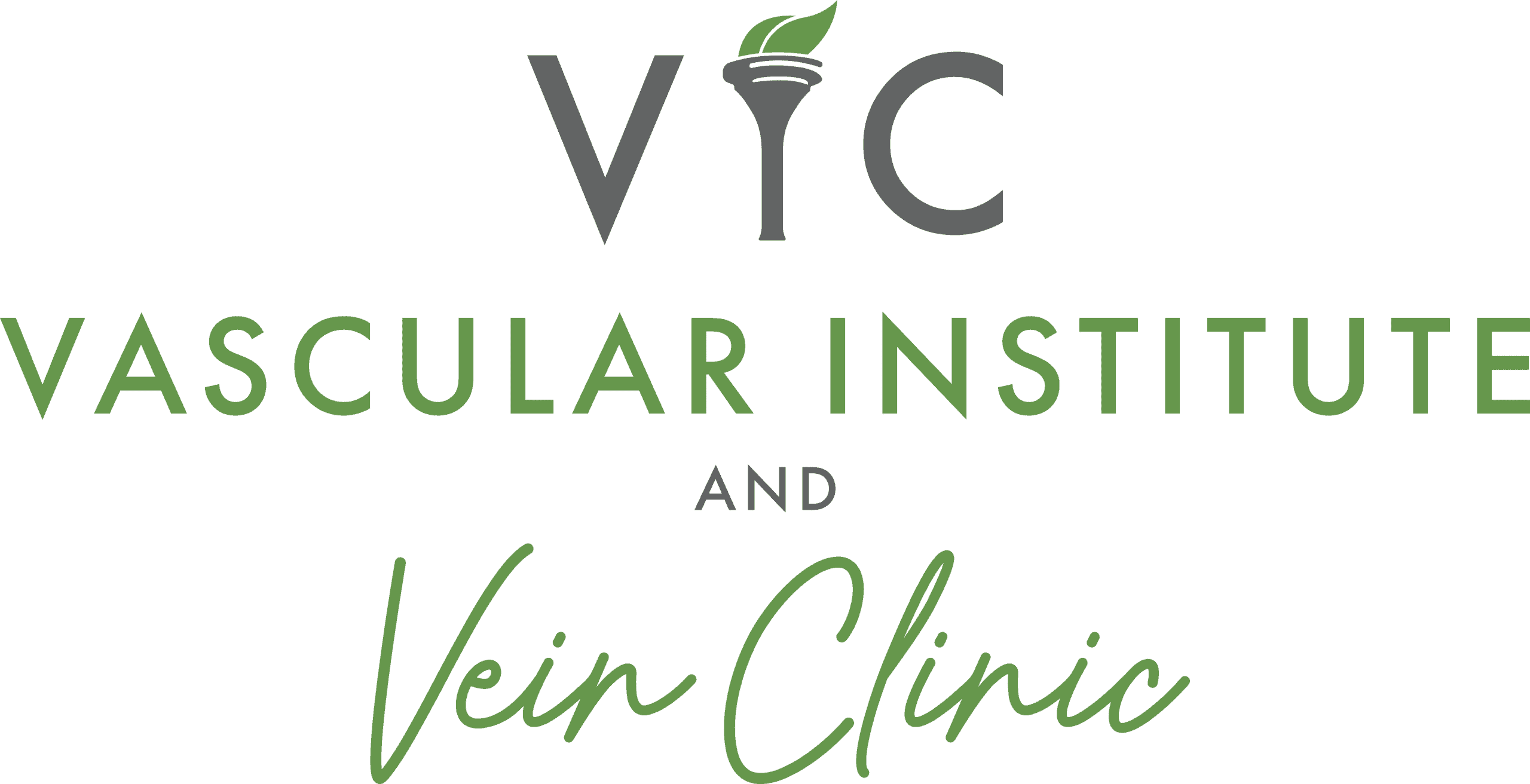|
|
The aorta is the largest vessel in the human body that carries blood from the heart throughout the body. Suppose the walls of the aorta become weak or damaged, causing them to bulge, enlarge or form a balloon-like structure. In that case, it is known as an aortic aneurysm. It is a severe condition that can lead to life-threatening complications. Therefore, timely diagnosis and treatment are essential. This blog will discuss what an aortic aneurysm is, its causes, risk factors, and treatment options.
Causes of Aortic Aneurysm
The most common cause of an aortic aneurysm is atherosclerosis, a condition where plaque builds up on the arterial walls. This buildup weakens the artery wall, leading to aneurysm formation. Other causes may include genetic factors, connective tissue disorders, inflammation, and trauma.
Changes in Lifestyle to Minimize Risk
Lifestyle changes may help prevent aortic aneurysm development. Quit smoking, maintain a healthy weight, exercise regularly, control blood pressure, and avoid foods high in fats and cholesterol.
Risk Factors
Smokers and people with atherosclerosis and hypertension are at an increased risk of an aortic aneurysm. The elderly population and individuals with a family history of aneurysm or connective tissue disorders are also more susceptible to suffer from an aortic aneurysm.
Treatment Options
If the aortic aneurysm is small, your healthcare provider may recommend close monitoring and regular check-ups to track its growth. However, surgery is necessary once the aneurysm has reached a certain size. Endovascular aortic aneurysm is the most common surgical procedure to treat aortic aneurysm repair (EVAR). This is a less invasive procedure than open surgery and involves inserting a graft using a thin tube, called a catheter, through an artery in the leg or groin to the aneurysm site.
Survivability
Aortic aneurysm rupture can result in life-threatening complications. However, if diagnosed early and treated promptly, the outcomes improve significantly. The survival rate has significantly improved with recent advancements in treatment options and technologies.
Conclusion
An aortic aneurysm is a severe condition that requires prompt diagnosis and medical intervention. If you are at risk, knowing the warning signs and maintaining a healthy lifestyle is essential. Contact your healthcare provider immediately for an assessment if you experience sudden, severe abdominal or back pain, chest pain, or feeling dizzy or faint. Your provider may recommend close monitoring or treatment options, including EVAR, to lessen the risk of complications and improve your chances of survival.






